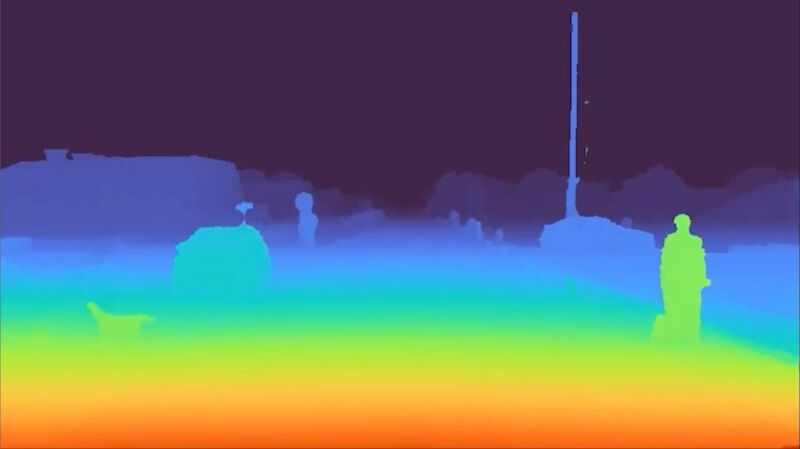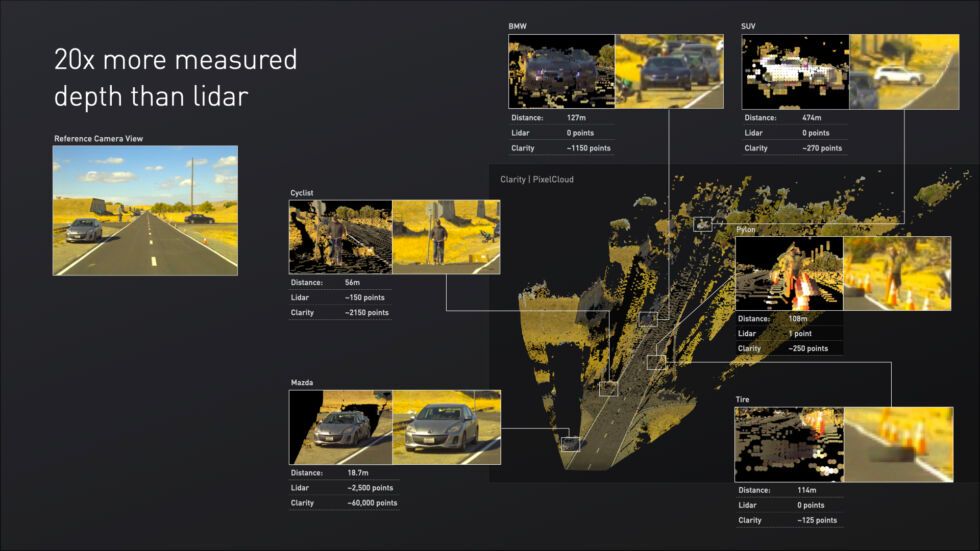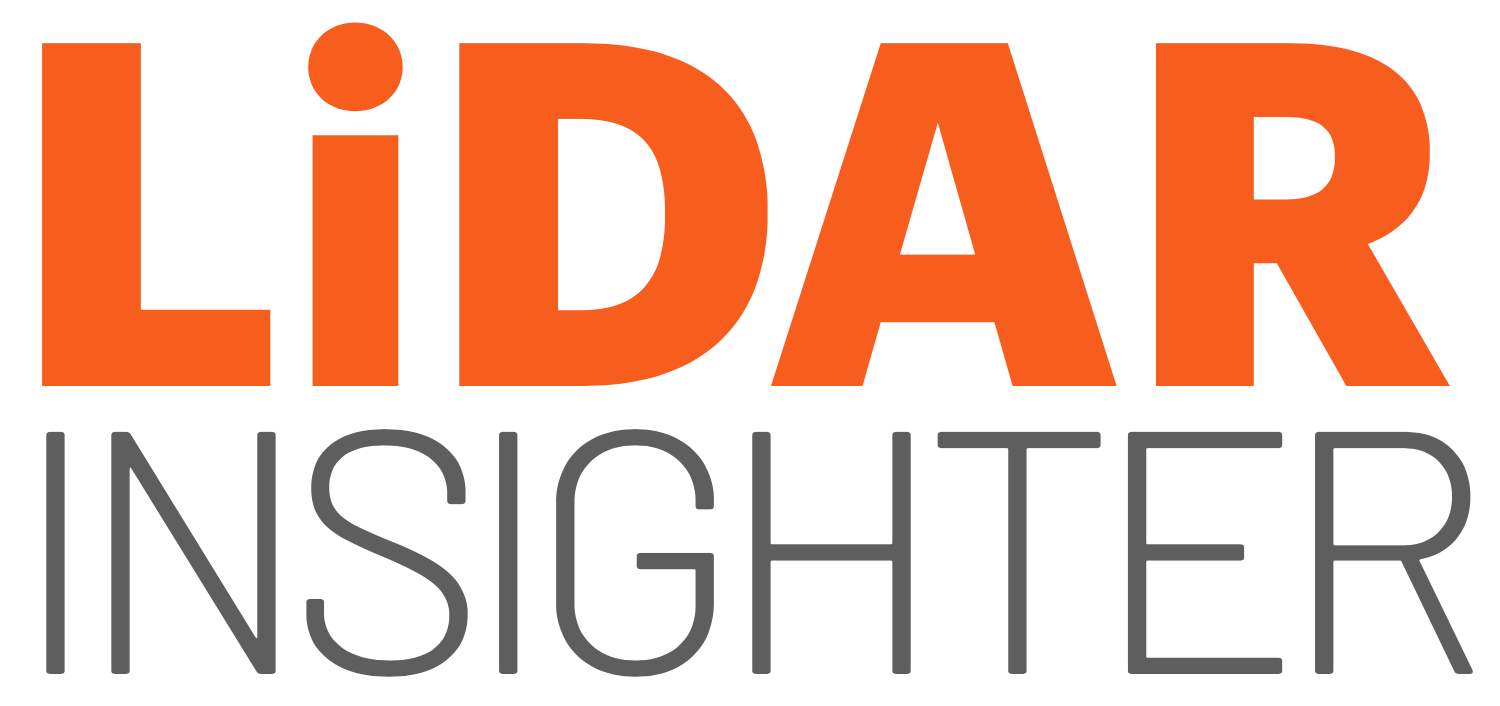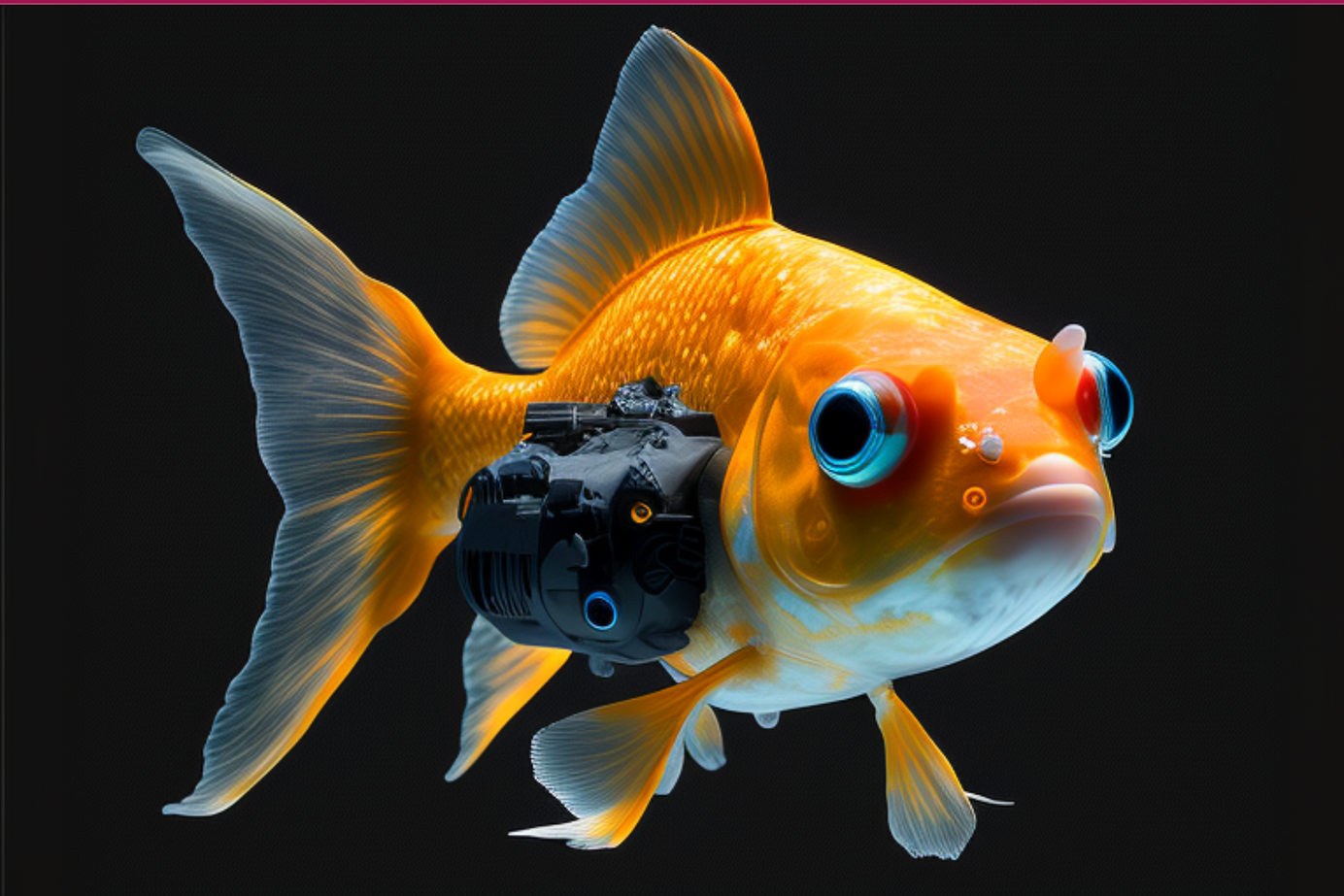
A Camera System that provides a great sense of Depth
The new camera system called Clarity by the company Light is taking over technology to the next level with its unique camera features and Clarity.
With a megapixel resolution, Clarity can detect depths between 0.01 m and 1,000m.
The future may be more than just dominated by lidar sensors; other sensors are gaining maturity, and some of them may even outperform lidar. A company called Light has developed a sensor based on smartphone camera technology.
As an original manufacturer of cameras for smartphones, Light has evolved into an automotive imaging technology manufacturer, including advanced driver assistance systems (ADAS) and autonomous vehicles.
Additionally, it boosts the accuracy of machine-learning algorithms (Clarity won't identify a billboard with a face as an actual human, for example).
"The cameras run at 30 Hz, and "for each frame, we're computationally putting those camera images together and determining the depth of all the objects in the scene, and we usually have about a million points or so per frame" explained Light co-founder and CEO Dave Grannan.
In comparison with lidar sensors, which return less than a tenth of the points per frame, that system provides a clear advantage.
A computational overhead is involved when calculating each pixel's depth. Regardless, the depth perception and camera image are perfectly matched, something that cannot be achieved when sensors are fused.

"You can have a pair at longer focal length and a pair at shorter [in a four-camera setup]. If you run with three at the same focal length and one gets occluded with dirt or something, you still have two, so you've got some fail-over"m said Grannan.
Eight industry partners are participating in Light's trials, with eleven expected by year's end.
"We've got partners working within the level 4, class-8 trucking—so autonomous semi trucks—and they're going to run lidars and cameras because they want the fault-tolerance and redundancy," Grannan said
Alternatively, a four-camera setup could cover everything, with no need for lidar.
"If somebody really wanted to cover 10 centimeters from the vehicle to 1,000 meters, yeah, we would run four cameras. Two pairs—one wider, another narrower field of view," he added."
LiDAR INSIGHTER Newsletter
Join the newsletter to receive the latest updates in your inbox.





